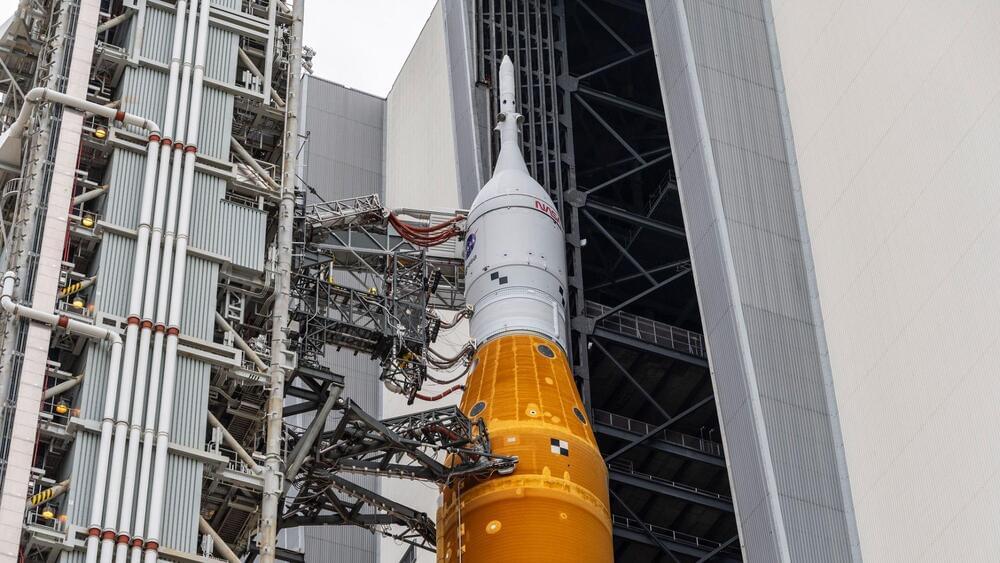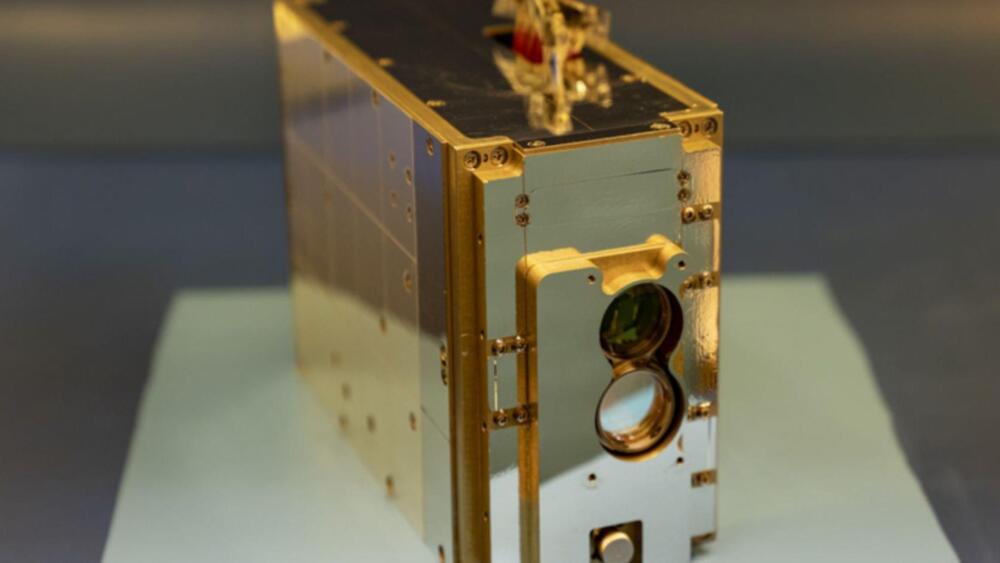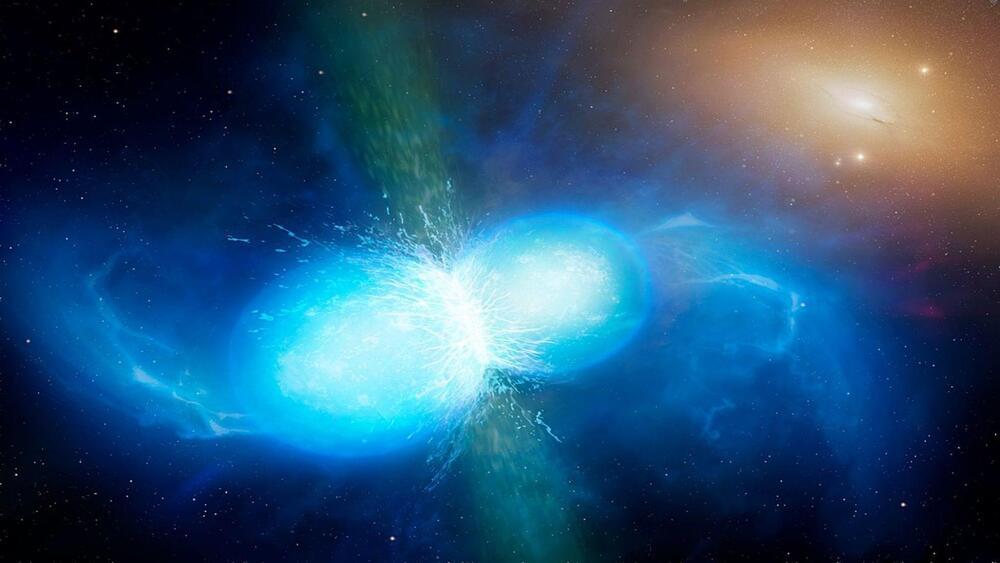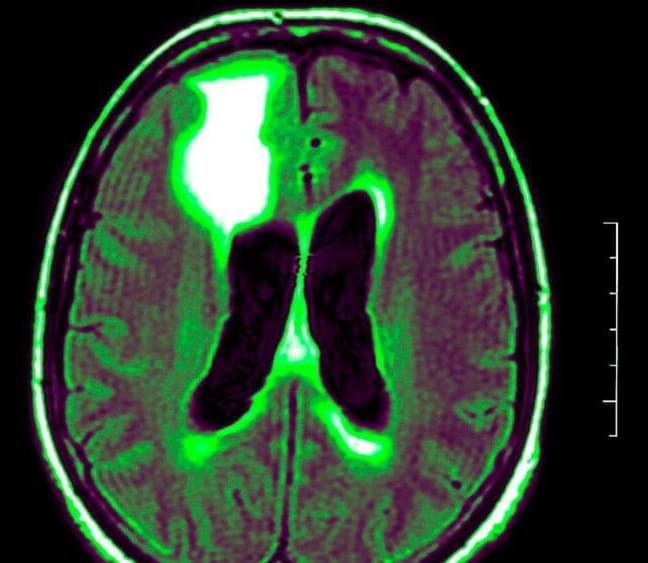The artificial intelligence tool, known as FRAN, can make someone look a different age in five seconds.
Researchers at Disney have built an artificial intelligence tool that can make it easier for an actor to appear a different age on screen. Although digital artists can still make necessary modifications to make the effects in a scene look as realistic as possible, the artificial intelligence system can handle most of the aging effects.
Re-aging characters in films using AI
In movies and advertisements, it is costly to create photorealistic digital re-aging and requires artists to go through each scene arduously, frame-by-frame to manually change the character’s appearance and likeness.
Disney/WarnerMedia.







